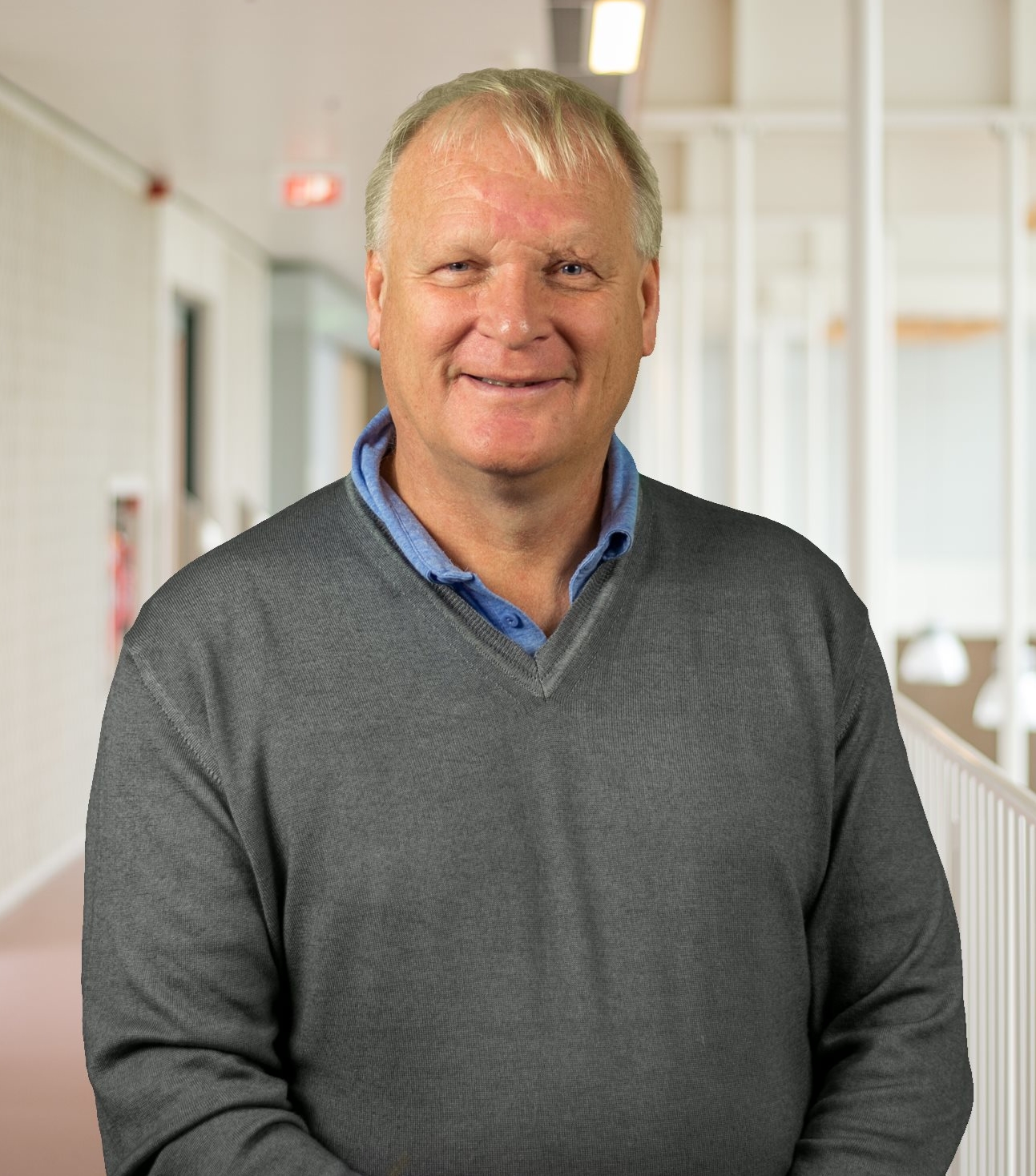Interview with Martin Boeree, UNITE4TB Project Coordinator, Radboud University Medical Centre
November 2021

© Radboudumc
Can you tell us a bit more about how the UNITE4TB project is set for bringing tuberculosis treatments to the next level?
Over the past few decades, the public health challenge of multidrugresistant TB (the biggest concern when it comes to containing antimicrobial resistance globally) has triggered renewed interest and scientific efforts in anti-TB drug research and development. However, an integrated approach is still lacking, and new drugs and shorter regimens are urgently required to reach the ambitious targets set by the World Health Organization’s 2016-2030 End TB strategy.
Effective treatments for drug-resistant TB are demanding and lengthy. With UNITE4TB, we aim to develop effective and fast-acting anti-TB drugs and new regimens, capable of combating drugresistant TB. We want to improve TB treatment options by reducing the treatment duration while maintaining or even improving effectiveness.
Over a project term of seven years, UNITE4TB will be active in approximately 40 trial sites on four continents (Europe, Asia, Africa and South America), with the aim of meeting one of the main unmet needs in the TB field: well-tolerated drug regimens of shorter duration that can be deployed to tackle TB across various drug-resistant patterns and co-morbidities.
What are the key objectives prioritized in the first year of the UNITE4TB project?
As described by Tuckman and Jensen (1977), a partnership’s development goes through a clear set of phases: Forming, Storming, Norming and Performing. In the Forming phase the team gets acquainted and starts establishing ground rules. During the Storming phase, partnership-members start articulating their opinions but still view themselves as individuals rather than part of the group. In the Norming phase, cohesion increases as members establish a common set of behavioral expectations. When the team goes into the Performing phase an open and trusting environment is created and the full problem-solving potential of the team is tapped into. In practice, this means that the focus of the Consortium leadership team in the first year is to reach the performing phase as quickly as possible.
Almost directly after the official start of the project (1June 2021), during a Consortium kick-off meeting, UNITE4TB leadership impressed upon the rest of the Consortium the relevance and importance of UNITE4TB’s mission, vision and main objectives. We are currently in the process of implementing the appropriate governance structure consisting of a number of managerial committees and advisory boards to facilitate timely and high-quality decision-making. A total of 12 Work Package teams have been installed that will be responsible for the planning, day-to-day management, and execution of operational activities. Finally, we fully acknowledge the fact that UNITE4TB is part of a much larger ecosystem that aims to resolve current challenges posed by AMR, including TB. We are already in contact with relevant partnerships within the IMI AMR Accelerator and outside, with the aim of ensuring a mutually beneficial bidirectional sharing of knowledge and learnings.
It has now been a few months since UNITE4TB has kicked off and joined the AMR Accelerator. How would you describe your first impressions about being part of such a large family?
It’s been an exciting and busy start to the project and I’m very happy with what we have achieved in these first six months. We had a kick-off meeting in June, shortly followed by a public outreach campaign, and several strategic meetings. We also recently had our first publication accepted with several more in the pipeline.
There’s a long way to go yet, but this is a very strong collaboration of 30 partners from 13 countries, all committed to seizing the opportunity to substantially improve the current development of TB medicines. I look forward to what lies ahead for us in 2022 and beyond.
About UNITE4TB
UNITE4TB is a public-private partnership with representation from academic institutions, small- and medium-sized enterprises (SMEs), public organisations, and pharmaceutical companies. Over the next 7 years, the consortium will be active in approximately 40 trial sites on four continents (Europe, Asia, Africa and South America), with the goal of delivering novel phase 2 clinical trials that will accelerate the development of new TB drugs and regimens. Achieving this goal will facilitate fulfilment of one of the main unmet needs in the TB field: better-tolerated drug regimens of shorter duration that can be deployed to tackle tuberculosis across various drug-resistance patterns and co-morbidities. For more information, visit the consortium website: www.unite4TB.org.
About the AMR Accelerator
The aim of the Antimicrobial Resistance (AMR) Accelerator Programme is to progress the development of new medicines to treat or even prevent resistant bacterial infections in Europe and worldwide. The programme comprises the following three pillars: a Capability Building Network, a Tuberculosis Drug Development Network, and the Portfolio Building Networks.
The scope of the AMR Accelerator is broad; under one structure, it addresses many of the scientific challenges of AMR, and it supports the development of new ways to prevent and treat AMR. More broadly, the AMR Accelerator contributes to the European action plan on AMR.
For more information on the AMR Accelerator, please visit https://www.amr-accelerator.eu/
About the Innovative Health Initiative
The Innovative Health Initiative (IHI) is Europe’s largest public-private initiative aiming to speed up the development of better and safer medicines for patients. IHI supports collaborative research projects and builds networks of industrial and academic experts in order to boost pharmaceutical innovation in Europe. IHI is a joint undertaking between the European Union and the European Federation of Pharmaceutical Industries and Associations, EFPIA.
For more information, please visit www.ihi.europa.eu
Disclaimer
This communication reflects the views of the authors and neither IMI nor the European Union and EFPIA are liable for any use that may be made of the information contained herein.


